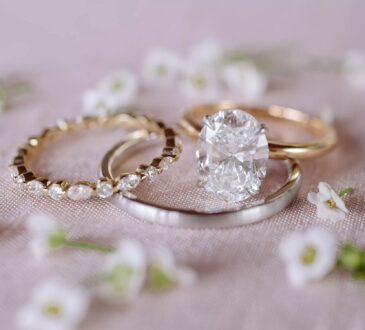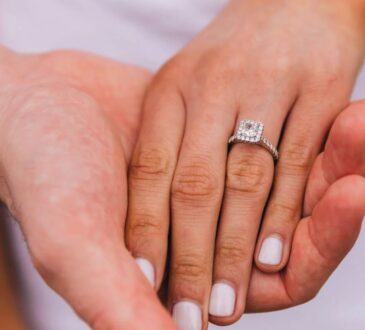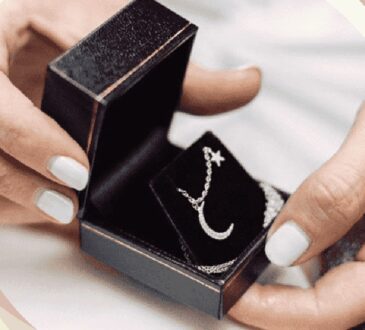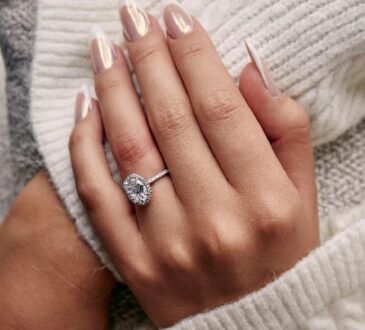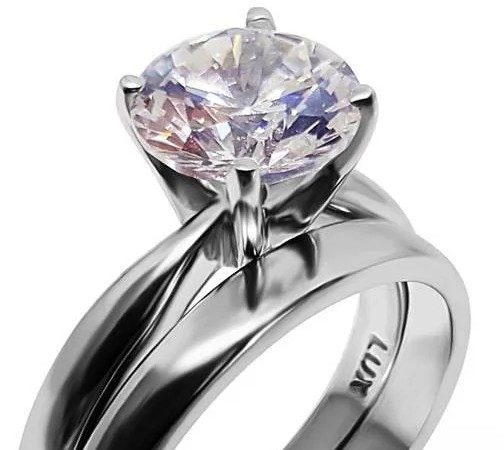
When it comes to expressing commitment and love, engagement and wedding rings hold significant importance. These rings symbolize the union between two individuals and serve as a constant reminder of their bond. However, there are times when couples may choose to have placeholder rings before selecting their permanent ones. But what are placeholder rings?
In this article, we will explore the concept of placeholder rings, their purpose, and why couples opt for them.
Understanding Placeholder Rings
Placeholder rings, as the name suggests, are temporary rings that couples wear until they select their permanent engagement or wedding rings. These rings are usually simple and less expensive compared to the final rings. They are not intended to be long-term commitments but act as stand-ins until the couple is ready to choose their dream rings.
Purpose of Placeholder Rings
1. Proposal Surprises
Placeholder rings often come into play when a partner wants to propose but does not want to spoil the surprise by asking for the recipient’s ring size or preferences. In such cases, a simple placeholder ring can be used to propose, allowing the couple to select the perfect ring together later on.
2. Practicality and Affordability
Engagement and wedding rings are significant investments, both financially and emotionally. Couples may opt for placeholder rings to manage their budget effectively or to save up for their dream rings. Placeholder rings allow them to enjoy the symbolism of a ring without compromising on other financial commitments.
3. Temporary Solution
In some cases, couples may have specific plans for their permanent rings, such as custom designs or heirloom rings that require resizing or refurbishing. During this transitional period, placeholder rings provide a temporary solution, allowing the couple to wear rings while their final ones are being prepared.
Choosing Placeholder Rings
While placeholder rings are temporary, they still hold sentimental value. When selecting these rings, couples should consider a few factors:
1. Material
Placeholder rings are often made from less expensive materials like sterling silver, stainless steel, or cubic zirconia. These materials are durable and offer a cost-effective alternative to precious metals and gemstones.
2. Design
Placeholder rings usually have a simple and minimalist design. They can be a plain band or may feature a small, unadorned gemstone. The idea is to have a ring that symbolizes the commitment without overshadowing the significance of the final ring.
3. Sizing
Placeholder rings should be chosen with care to ensure a comfortable fit. While the goal is to have a temporary ring, it should still be worn comfortably until the final ring is acquired.
Remembering the Placeholder Rings
Even after transitioning to the permanent rings, placeholder rings hold sentimental value and can be cherished in various ways:
1. Keepsakes
Couples can keep their placeholder rings as treasured keepsakes, safely tucked away in a special place.
2. Repurposing: Placeholder rings can be repurposed into other meaningful pieces of jewelry. For example, the gemstone from the temporary ring can be incorporated into a pendant or bracelet, allowing the couple to carry a part of their initial commitment with them in a new form.
3. Passing Down the Legacy: Placeholder rings can be passed down through generations as family heirlooms.
Transitioning to the Final Rings
Once the couple has chosen their permanent engagement or wedding rings, the transition from placeholder rings can be an exciting moment. The couple can either exchange the rings themselves or involve a jeweler in the process. Placeholder rings can be kept as mementos or passed on to future generations as a reminder of the initial stages of their relationship.
Conclusion
Placeholder rings serve as temporary symbols of love and commitment until the couple selects their permanent engagement or wedding rings. These rings offer flexibility, affordability, and practicality, allowing couples to manage their budget, surprise their partner with a proposal, or accommodate customization processes.

